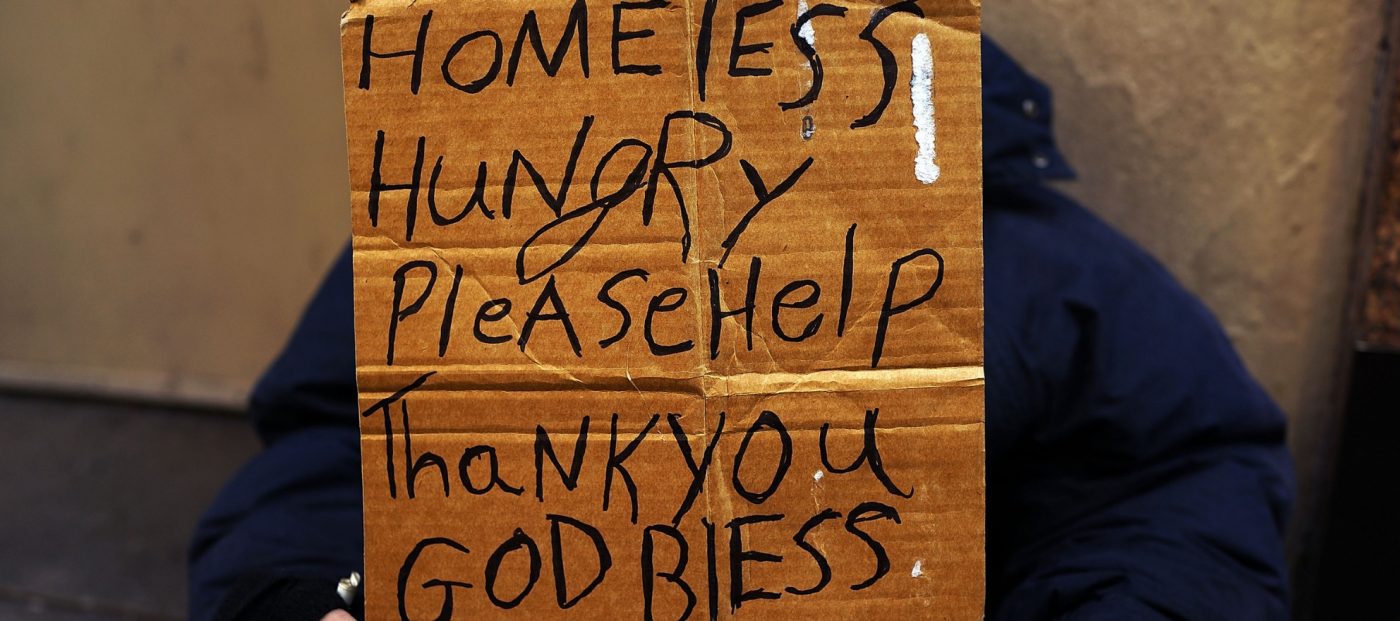two
SUSTAINABLE DEVELOPMENT GOALS:
END HUNGER, ACHIEVE FOOD SECURITY AND IMPROVED NUTRITION, AND PROMOTE SUSTAINABLE AGRICULTURE
Today, I'm going to proceed with the second goal in SDG.
Have you ever wondered what precisely hunger is?
Hunger is more complicated than having an empty belly. It’s a multifaceted problem with numerous root causes and far-reaching consequences. Understanding what the global hunger crisis is and why it persists is the first step toward ending it.
According to Cambridge Dictionary, hunger is the uncomfortable or painful feeling in your stomach caused by the need for or lack of food. Hunger also can be defined as a physical sensation that indicates the need to eat and the lack of basic foods for adequate nutrition.
Among the causes are:
- War
- Poverty
- Inequity
- Climate change
- Natural disaster
- Agricultural infrastructure
- Humanitarian emergencies
- Over-exploitation of the environment
According to United Nations, between 720 million and 811 million persons worldwide were suffering from hunger in 2020, roughly 161 million more than in 2019. Also in 2020, a staggering 2.4 billion people, or above 30% of the world’s population, were moderately or severely food-insecure, lacking regular daily access to adequate food. The figure increased by nearly 320 million people in just 1 year.
This indicates that the number of individuals going hungry and experiencing food insecurity has been steadily increasing over the years, particularly during the COVID-19 pandemic. The COVID-19 issue has increased those rising rates while also exacerbating all forms of malnutrition, mainly in children.
For this reason, the United Nations identified eradicating hunger as one of the most significant goals.
United Nations has also proposed a series of measures to end world hunger, some of them are:
- Improving developing countries' food production so that they become more autonomous and less dependent on other countries.
- Implementing the World Food Program’s food assistance program to provide a critical lifeline to 87 million vulnerable people across the world.
2.1 By 2030, end hunger and ensure access by all people, in particular, the poor and people in vulnerable situations, including infants, to safe, nutritious, and sufficient food all year round.
2.2 By 2030, end all forms of malnutrition, including achieving, by 2025, the internationally agreed targets on stunting and wasting in children under 5 years of age, and address the nutritional needs of adolescent girls, pregnant and lactating women, and older persons.
2.3 By 2030, double the agricultural productivity and incomes of small-scale food producers, in particular women, indigenous peoples, family farmers, pastoralists, and fishers, including through secure and equal access to land, other productive resources, and inputs, knowledge, financial services, markets and opportunities for value addition and non-farm employment.
2.4 By 2030, ensure sustainable food production systems and implement resilient agricultural practices that increase productivity and production, that help maintain ecosystems, that strengthen capacity for adaptation to climate change, extreme weather, drought, flooding, and other disasters, and progressively improve land and soil quality.
2.5 By 2020, maintain the genetic diversity of seeds, cultivated plants, and farmed and domesticated animals and their related wild species, including through soundly managed and diversified seed and plant banks at the national, regional, and international levels, and promote access to and fair and equitable sharing of benefits arising from the utilization of genetic resources and associated traditional knowledge, as internationally agreed.
- Avoid wasting.
- Buying only what we need.
- Consuming food responsibly.
- Collaborating with food banks and local organizations to improve access to food for underprivileged people.
Good health starts with nutrition. Without regular and nutritious food, humans cannot live, learn, fend off diseases, or lead productive lives. If all the community works together, there are many adhere we can do against the world's hunger.
For extra information, let's watch this video together!





Comments
Post a Comment